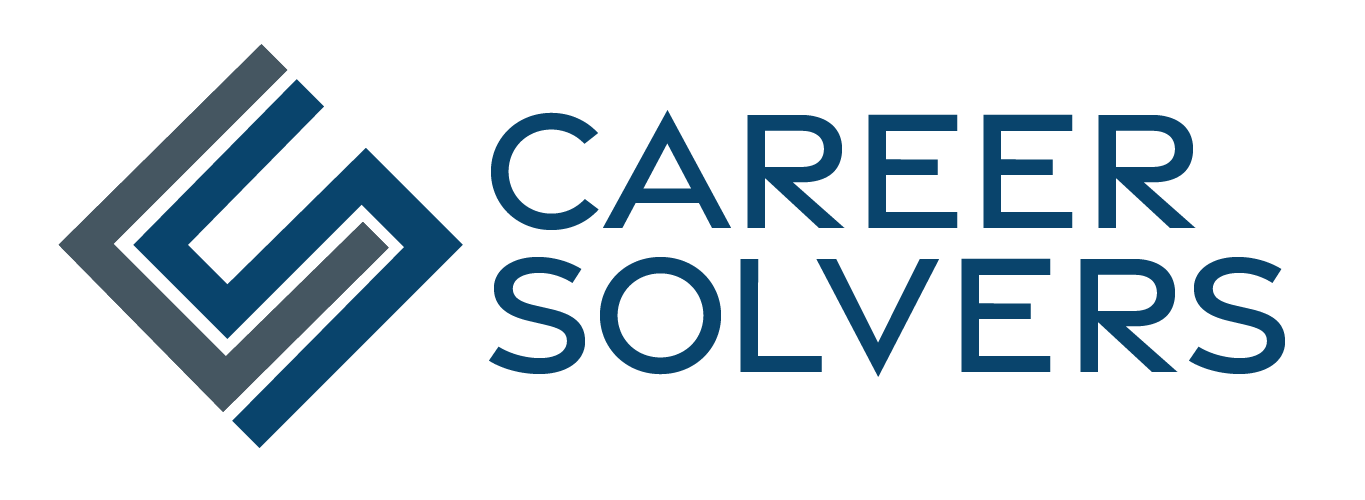 I don’t know what it is about resumes. People seem to get so caught up in what they think a resume “should” be that they overlook what a resume can be…an entree to a new role, a new career, a new life. Some people seem to treat their resumes like they are their tax returns…break a rule and get penalized; enter information in a different place and suffer the consequences…it really doesn’t need to be so formulaic…and it shouldn’t be. A good resume is a representation of your strengths, your passion, your dreams…all wrapped up into a compelling message of value. Here are ten mistakes I see people make when writing resumes and some tips for how to avoid these pitfalls.
I don’t know what it is about resumes. People seem to get so caught up in what they think a resume “should” be that they overlook what a resume can be…an entree to a new role, a new career, a new life. Some people seem to treat their resumes like they are their tax returns…break a rule and get penalized; enter information in a different place and suffer the consequences…it really doesn’t need to be so formulaic…and it shouldn’t be. A good resume is a representation of your strengths, your passion, your dreams…all wrapped up into a compelling message of value. Here are ten mistakes I see people make when writing resumes and some tips for how to avoid these pitfalls.
- You think there is one acceptable resume format for your industry. I hear this a lot. “In my industry we don’t use resume profiles” or “No one in my industry ever writes a resume that is more than one page.” Usually these “rules” are perpetuated by people who have been using the same format for their resume since they graduated from college ten or more years ago. What worked then won’t necessarily work now. Or they are perpetuated by people who have gotten used to reading resumes that all look the same so they no longer question their value or relevance in today’s market.
- You think that because you are confident in your writing abilities you can write a good resume. Sure it helps to have a strong command of the English language. But resume writing is less about the actual writing and more about the strategy than many people realize. A resume writer can look at your background objectively, analyze any potential obstacles in your search, and create a strategy that emphasizes your overarching accomplishments and doesn’t dwell on your more difficult to explain roles and transitions.
- You think using visual elements on a resume is weird. Many of us are used to seeing PowerPoint presentations where charts, graphs, and other visuals are used to create engagement and communicate information succinctly. Why would you think that a presentation of your candidacy should be any different? Visual elements can differentiate you from your competitors, convey a lot of quality information in less space, and position you as a savvy communicator. Here’s an example of a more visual resume.
- You are using a resume template to convey how special you are. A resume is all about showcasing your unique value. Don’t shoot yourself in the foot by using a stale Microsoft resume template to explain your unique value proposition.
- You have copied and pasted your previous job descriptions into your resume. The reality is that people in similar jobs perform similar job tasks. An accountant in company A may not have job tasks that are that different than the accountant in company B. Yet the value that each brings to their organization may be totally unique. Minimize content about job tasks and focus on more compelling accomplishments.
- You don’t show a clear connection between your past achievements and your future direction. If your resume merely represents your chronology it may be difficult for a hiring manager to understand how your past experience relates to their current position. This is especially true if you are trying to transition to a new job function or industry. Your resume needs to be idiot proof. Be sure to connect the dots between past performance and future value to the organization (I recommend a profile at the top of the resume to accomplish this). No one will connect the dots for you. Take the time to create a clear roadmap from past accomplishments to future value.
- You have no clue what keywords are. Keywords are the buzzwords or industry terminology that is relevant to your job function or industry. You can source keywords by reviewing job descriptions for positions you would consider applying to and looking for the consistency in these keywords from posting to posting. Many employers use ATS or Applicant Tracking Systems to source candidates and they will only find your resume if the words in your resume correlate to those posted in their job specs.
- You are uploading a Word version of your resume into a database that requires a text version. Many people make the mistake of taking their formatted Word document and uploading it into a text box on a company website. The format is generally not preserved when you do this and your document will end up looking sloppy and unprofessional. Here are instructions on how to create a text resume.
- Your resume is made up of big blocks of text that no one wants to read. Imagine going to a website looking for information and being confronted with a homepage with a huge paragraph of text. Would you stay on the site and read everything word for word or would you quickly navigate away in search of a site that enabled you to find the information you are looking for quickly. My guess is you would opt for the later. People who read resumes feel the same way. If they have to muddle through big chunks of text to figure out if you are a potential fit for their job, they will probably navigate away from your resume quickly. Use bullets, bold, shading, or text boxes to highlight critical information and help your reader figure out what you are all about in just a few seconds.
- Your resume is overwhelming to the reader. If your resume is more than two pages it probably fits into this category. Examine your resume and edit, edit, edit. Do you really need to list the 7 management classes you took in 1987 now that you have been a CEO for the past 10 years? Do you really need to dedicate a full page to your employment experience before 1990? Probably not. Frequently with resumes, less is more.


